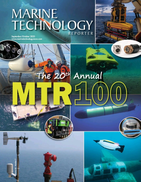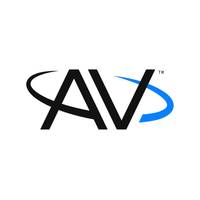
AeroVironment and BlueHalo Complete Transaction
. AV brings together proven systems and next-generation technologies to deliver integrated capabilities across every domain of modern warfare. Its systems include autonomous uncrewed systems, precision strike and defensive systems, including AV’s suite of counter-UAS solutions across radio frequency, directed energy and kinetic defeat technologies, space technologies, and cyber and advanced solutions. These capabilities are unified by advanced autonomy, mission software, and command and control systems that enable faster coordination, responsiveness, and decision-making at the tactical
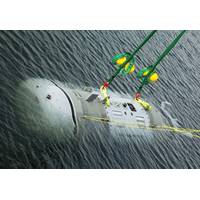
Navy Signals Need for New Large AUV Class
deployment.Desired mission sets include, but are not limited to:● Emplacement of various sized payloads● Bathymetric surveys and mapping● Intelligence, surveillance and reconnaissance● Communications across the air/water interface (acoustic and Radio Frequency)● Ability to operate in a GPS denied environmentDesired Solution AttributesA candidate platform should have some or all of the following characteristics:● Exceptional range, capable of transits greater than 1000nm.● Capable of performing deeper than
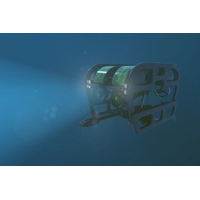
SWiG's Wireless Acoustic Standard to Improve Comms Between Offshore Vessels & Subsea Vehicles
specification is geared towards activities such as process control, monitoring, diagnostics, and maintenance. By improving these areas, it has the potential to enhance the overall performance of subsea operations. “Subsea vessel and vehicle operators use various wireless technologies, from radio-frequency and acoustic to inductive power and data as well as free space optics and hybrid solutions,” Shreekant explains. “These technologies are complementary and perform different functions in different subsea environments and applications. However, without a common acoustic standard
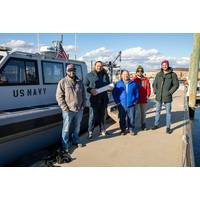
Bionet Sonar Tests Underwater Wireless Network at NUWC Division Newport
and empowering the network with artificial intelligence-driven, software-defined technologies.Its plug-and-play capability with remotely operated vehicles (ROVs), autonomous underwater vehicles (AUVs), and unmanned undersea vehicles (UUVs) creates a network of mobile assets. Bionet Sonar replaces radio frequency (RF) waves with ultrasonic waves that are secure, long-range, and enable high-speed, real-time monitoring.Bionet Sonar was able to test HydroNet at Division Newport’s Narragansett Bay Test Facility through a collaboration process with the Northeast Tech Bridge, as part of the Blueswell
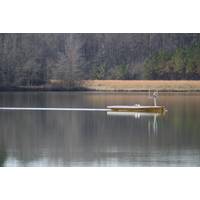
Solar-powered USV Delivered to Mississippi State University
in all marine environments—from inland, near shore to open ocean—the SP-48 has a self-righting hull and efficient electric motor that frees it from reliance on wind or waves for propulsion. It is easily deployed from a boat ramp, pier or ship. Communications is achieved by line-of-sight Radio Frequency (RF), cellular, high-bandwidth satellite or custom networks
Williams Named GM at Klein
aerospace and defense, commercial aerospace, homeland security, and medical. He held various roles with Lockheed Martin leading advanced technology development for a wide range of platforms, with his last post as the systems engineering lead for the F-35 program. After Lockheed, Williams managed the radio frequency countermeasures unit for BAE Systems before becoming the VP of Engineering for Elbit, SVP of Engineering for American Science & Technology, and SVP of Engineering for Protom International. Williams holds bachelor’s and master’s degrees in electrical engineering and a master&rsquo
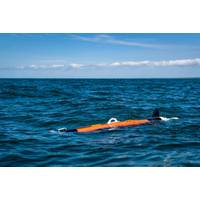
Vehicle Launch: Riptide UUV-12 takes BAE Systems into Medium UUV Sector
UUV platform to meet rapidly expanding applications and requirements.”Riptide UUV-12 is designed to be adaptable to meet a variety of mission needs. When integrated with the company’s mission system payloads, it can deliver critical capabilities including combinations of Radio Frequency (RF) signal collection, RF electronic warfare, active acoustics, acoustic Identification Friend or Foe, acoustic and RF communications, mission autonomy, and navigation
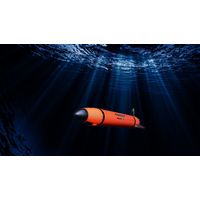
BAE Reflects One Year after Takeover of Riptide
while continually enhancing vehicle quality, reliability and repeatability.System demonstrations – within just a few months of the acquisition, the team demonstrated an integrated solution at the Advanced Naval Technology Exercise, or ANTX 2019. The demonstration paired BAE's autonomy and radio frequency technology with the recently acquired platform, showcasing the ability to transition previously used air-domain technology into an undersea application. Product advancement – the new facility and additional internal investments led to a number of product milestones including the maturing

New Tech for Wind Blade Inspections
something expensive on a drone that could crash, and you don’t want a power hog,” Ely said. “So, we use really small infrared cameras that fit our criteria and use optical images and lidar to provide additional information.”Lidar, which is like radar but with light instead of radio frequency waves, measures how long it takes light to travel back to a point to determine the distance between objects. Taking inspiration from NASA’s Mars lander program, the researchers used a lidar sensor and took advantage of drone movement to gather super-resolution images.“I jokingly
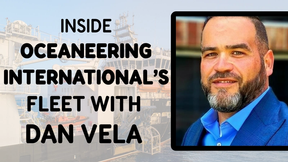
 August 2025
August 2025


